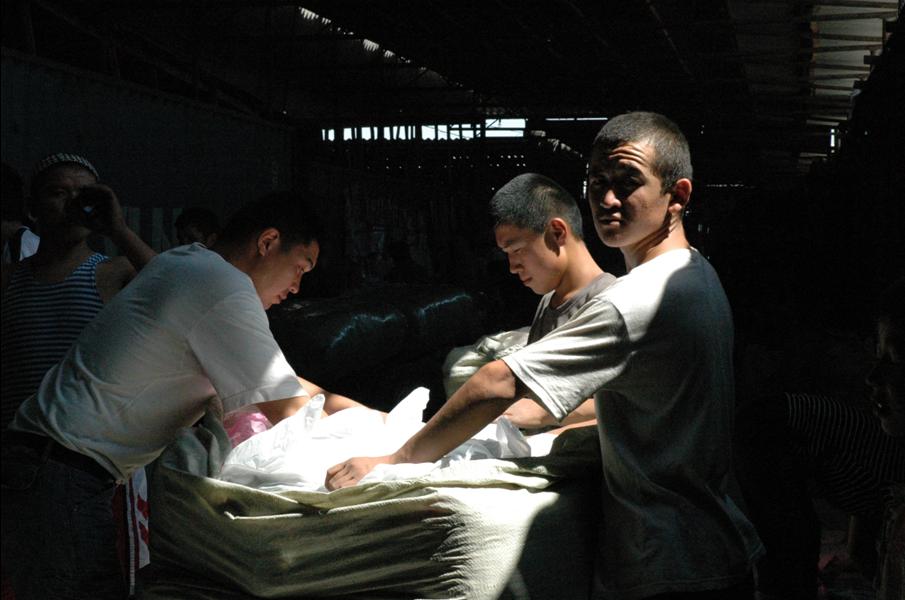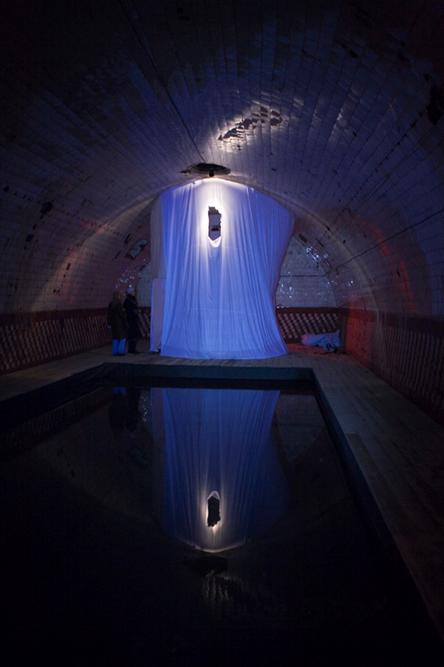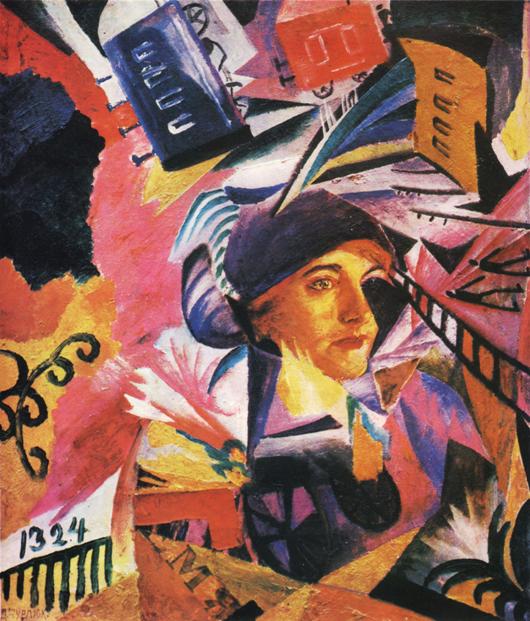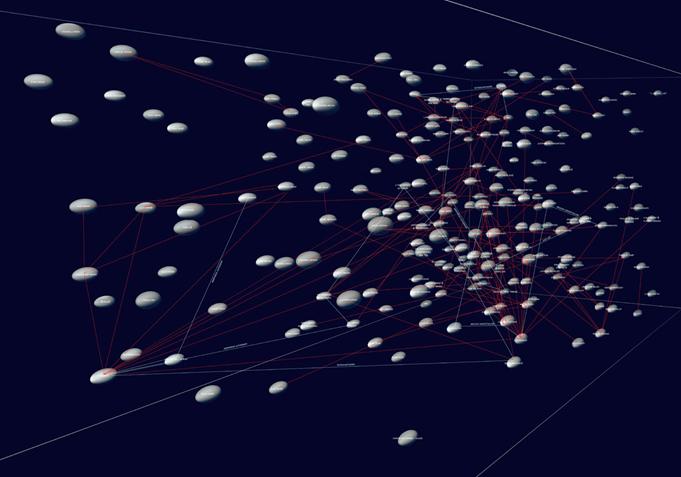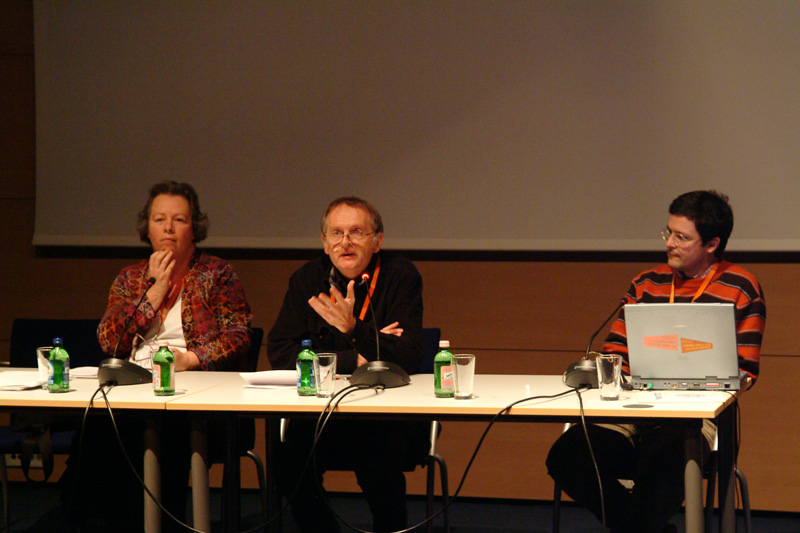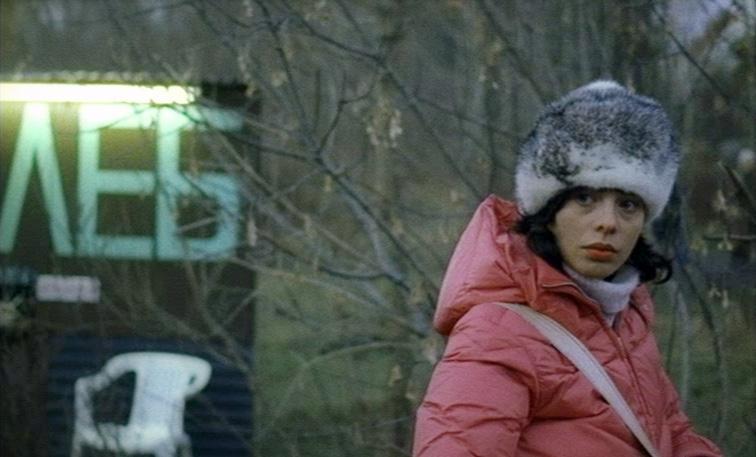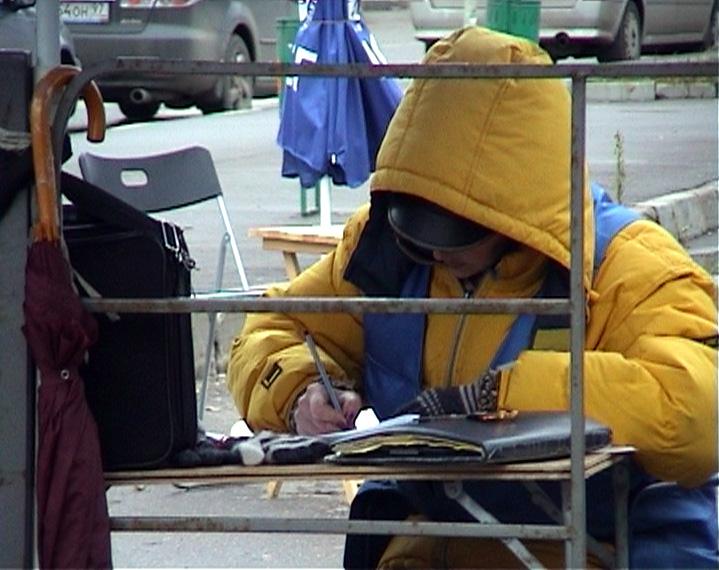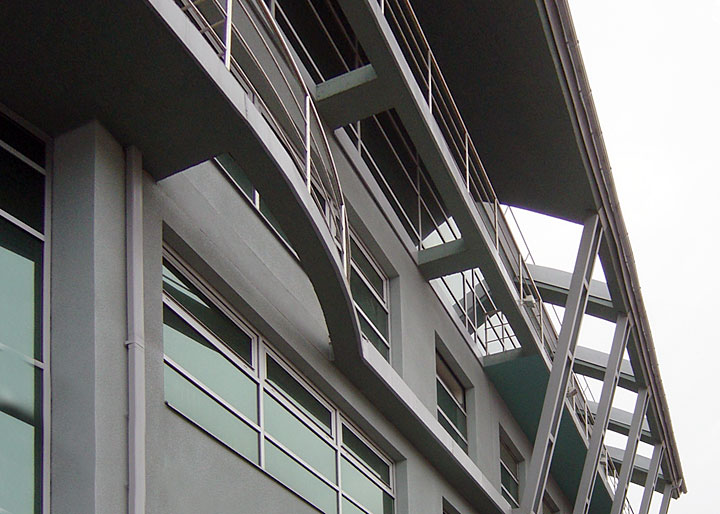Gulnara Kasmalieva and Muratbek Djumaliev’s A New Silk Road: Algorithm of Survival and Hope
Gulnara Kasmalieva and Muratbek Djumaliev’s A New Silk Road: Algorithm of Survival and Hope; The Art Institute of Chicago, February 1-May 6, 2007
The photographs and video installations of Gulnara Kasmalieva and Muratbek Djumaliev draw on various documentary styles and techniques to capture the changing social landscape of their native Kyrgyzstan since it became an independent republic in 1991. Like many artists of post-Soviet Europe and Central Asia, their practice is a discursive one that casts a critical yet empathetic eye on their indigenous subjects (human and otherwise) and the political spaces they occupy.
Their collaborative projects engage in what … Read more

